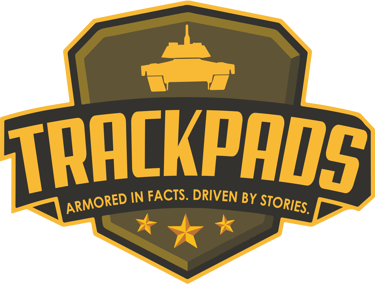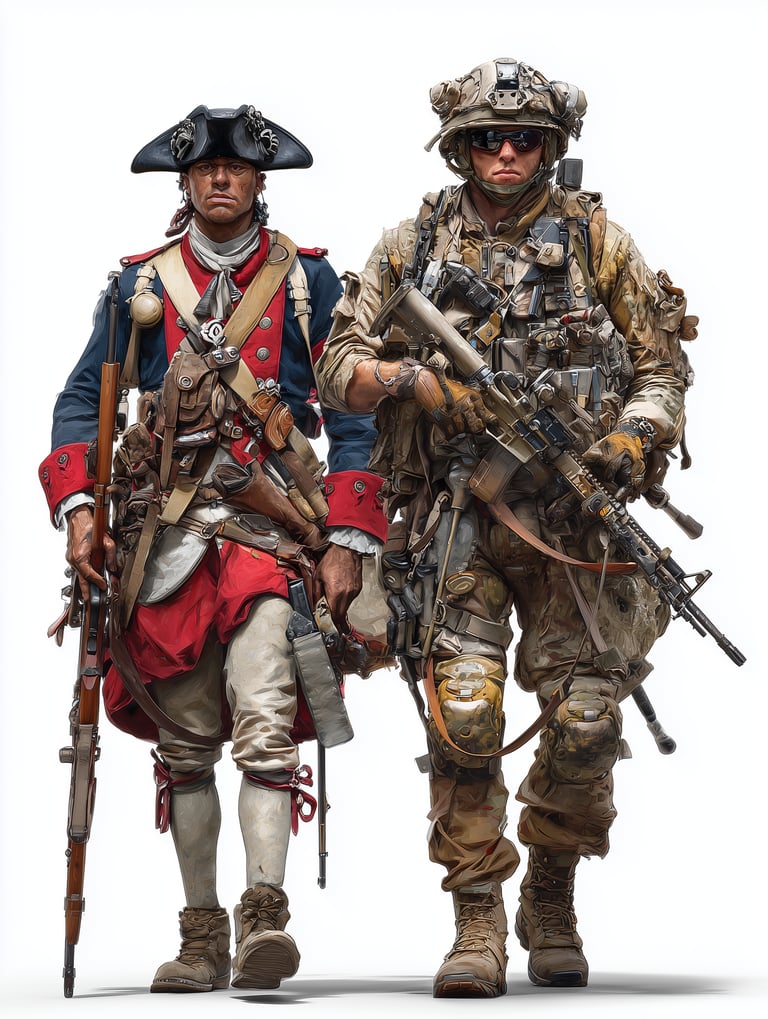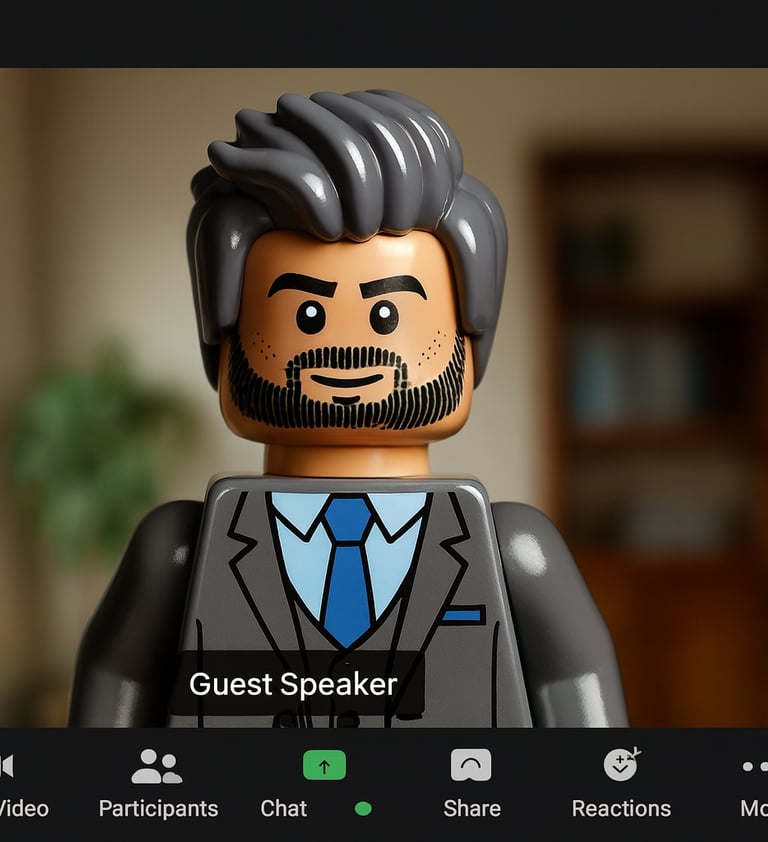LIVING HISTORY
Conversations with veterans, historians, and the people who keep America’s military story alive


The People Behind America’s Military Story
Living History is the Thursday feature of Dispatch: U.S. Military History Magazine, where the past speaks in first person. Each week, we sit down with veterans, historians, curators, and collectors to explore the stories behind the uniforms, artifacts, and battles that shaped the United States military experience. These are long-form, thoughtful conversations that go beyond dates and unit designations to capture memory, context, and what service really meant to the people who lived it.
Some guests bring a single artifact and the story that travels with it. Others walk us through careers that spanned multiple deployments, commands, and eras of change. Along the way, we connect those personal narratives to the broader arc of U.S. military history—helping readers and listeners see how individual lives fit into the larger story of strategy, technology, and sacrifice.
Living History is produced by Trackpads.com as part of the Dispatch ecosystem, and it’s designed for anyone who values preserving and understanding the human side of military history. Explore the archive, share episodes with friends, and, if you have a story or artifact to discuss, consider reaching out—we are always looking for new voices to bring into the conversation.


Sign up to be a guest!


Frequently asked questions
Who is Living History for?
Living History features veterans, historians, curators, collectors, authors, and others who help tell the story of U.S. military history. If you have lived experience, have done serious research, or care for historical artifacts and stories, you’re a great fit.
What’s the format of the interview?
Most Living History sessions are conversational interviews recorded online using video. We talk through your background, your story or research focus, and any key artifacts, documents, or photos you want to highlight. The tone is relaxed, respectful, and focused on bringing your perspective to life.
How long does a typical session take?
Plan for about 45–60 minutes total. That includes a brief pre-chat to get comfortable, the main interview, and a quick wrap-up at the end.
Is there any cost to participate?
No. There is never a fee to appear on Living History. Your time and story are the value.
What do I need, technically, to join?
All you need is a stable internet connection, a computer with a webcam, and a microphone or headset. A quiet, well-lit space helps us get the best possible audio and video.
Can we talk about specific units, operations, or sensitive topics?
I always respect operational security and personal boundaries. You’re in control of what you share. If something feels sensitive, classified, or uncomfortable, you should leave it out or keep it at a high level. I am not the judge nor a reliable gatekeeper on what is or is not classified.
Can I bring artifacts, photos, or documents to discuss?
Absolutely. Artifacts and photos are a perfect fit for Living History. You can either show them on camera during the interview or send digital images ahead of time for potential inclusion in the supporting materials.
Where will my episode be published?
Your interview may appear on Trackpads.com, in the Dispatch: U.S. Military History Magazine newsletter on LinkedIn, in the Dispatch LinkedIn group, and on the Trackpads YouTube channel as part of the Living History series.
Will I be notified when my episode goes live?
Yes. Once your episode is published, you’ll receive a notification and a direct link. We’ll also tag you on LinkedIn so you can easily share it with your network.
Can I promote my book, museum, project, or organization?
Yes, as long as the focus stays educational and tied to military history. We’re happy to mention your relevant work and link to it in the show notes or description.
Can I get a copy or share the episode?
You’re encouraged to share the public link to your episode anywhere you like—on your website, social media, or with your community. If you need anything specific for your own use, just reach out, and we’ll do our best to help. I will provide small clips for you to share before the podcast goes live.